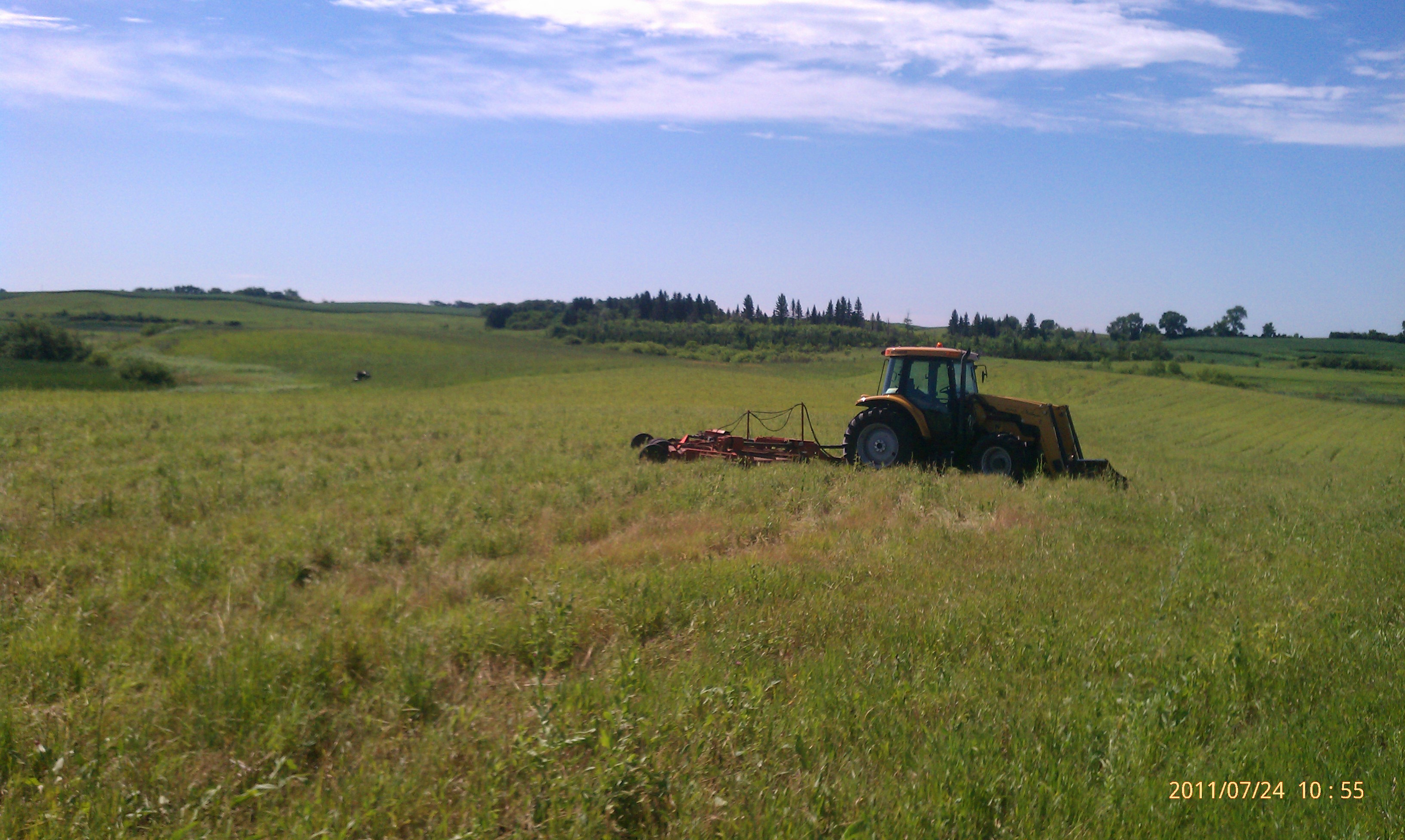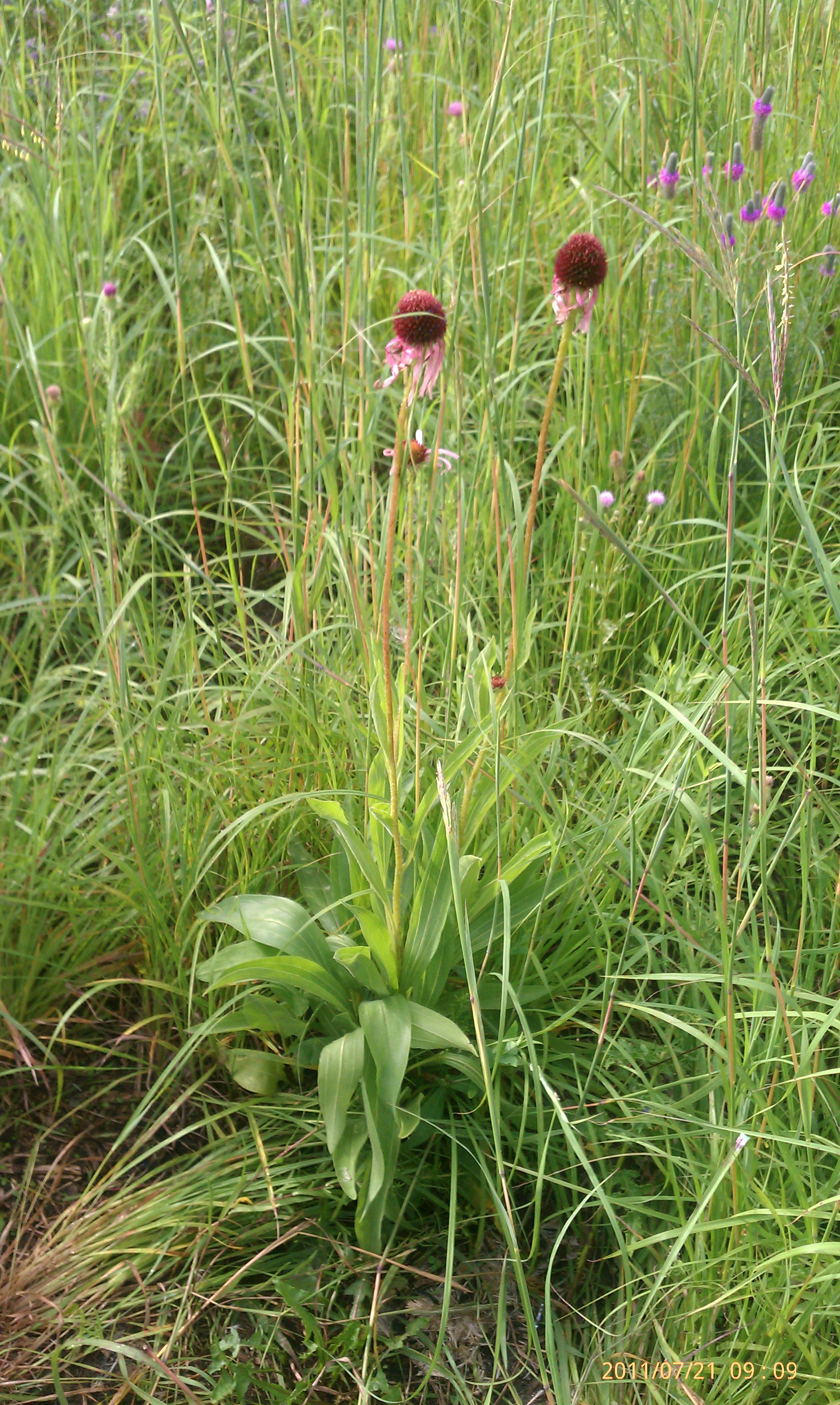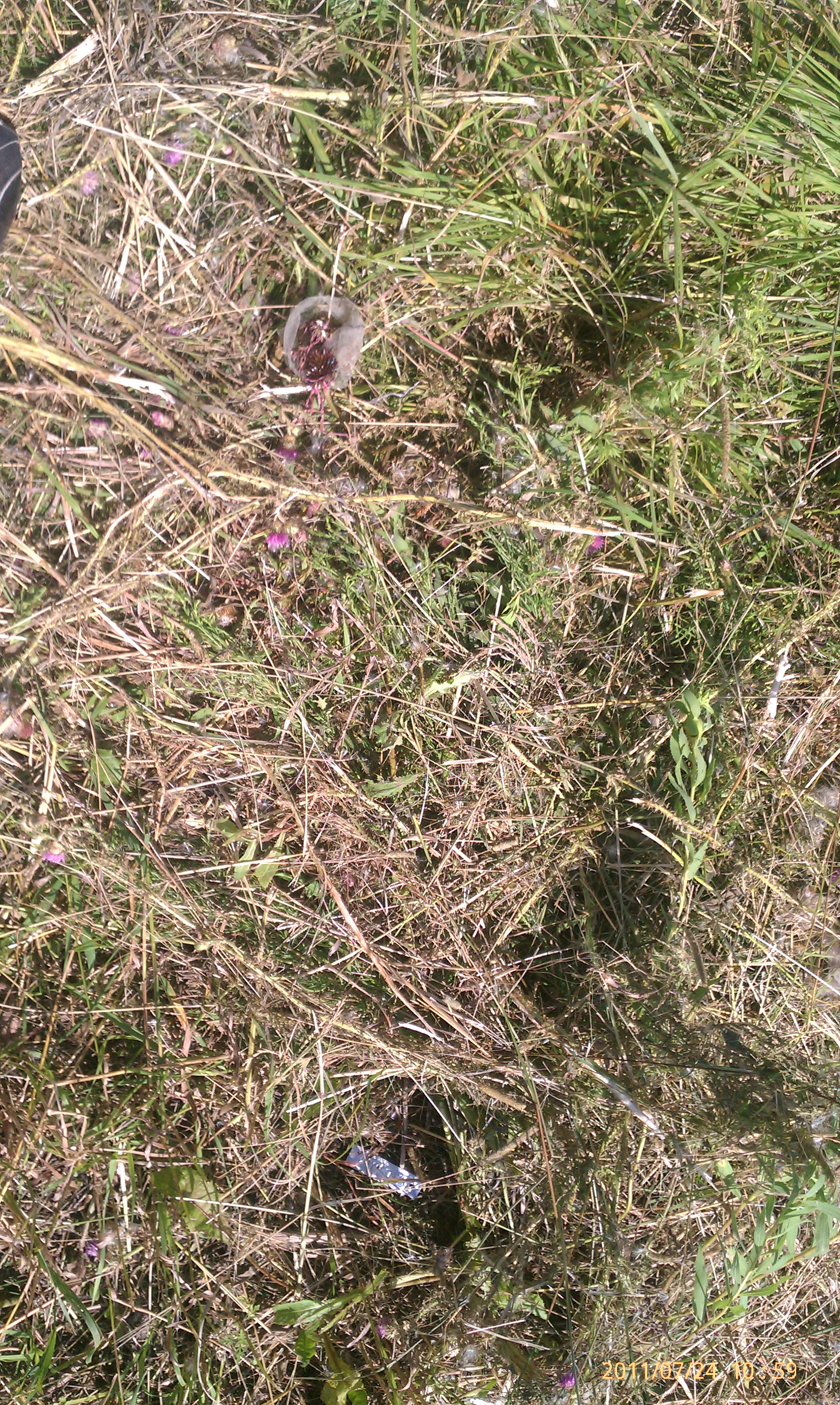This is my CSV file with information on my pollen crosses between Echinacea pallida and Echinacea angustifolia. It will be used in the analysis of that data.
|
||||
|
It’s been a busy week for everybody. Plants are blooming, pollen is shedding, and everyone is dashing about madly to catch the field season before it passes us by. I have been running around like a chicken with its head cut off trying to get ready for my aphid addition/exclusion experiment. Everyone has been a wonderful help setting up cages in this sweltering heat. My goal for this week is to finish my first round of experimental treatments: exclusion on Thursday and addition on Friday. Before then, I need to finish setting up nets and teach everyone how to wrangle aphids. Here is a protocol I wrote up to assist the teaching process and the data sheets I mention in the protocol. These are works in progress, so any feedback is appreciated. AphidExclusionCollectionProtocol2011.doc aphidcollectionoutsideExpt.xls aphidinfestation.xls Katherine Uff da! I believe the first round of Dichanthelium seed collection is done. Thanks to Gretel and everyone who helped. And for all the times you waited for me after 5pm. Collected seeds from 158 plants from 5 sites – Jul 7 Hegg Lake south of parking lot, Jul 8 near Hegg Lake PHEN plot, Jul 9 Hegg Lake field trip area, Jul 11 (yesterday) Loeffler’s Corner (west) and Staffanson’s (old field). 112 plants had spreading/expanded panicles (not sure what’s the correct term) and 47 were not spreading/erect. Here’s the maternal lines data from the plants I sampled, if you’re interested: I’m planning to return to some of these plants a week (or perhaps a little earlier/later, depending on scheduling) after I first collected the seeds. Hopefully there’s still some seeds left on the culms for me to harvest! July 14 update: It is actually 158 plants, not 159. Sorry for the arithmetic error! 😛 A quick list of flowering plants I noticed while assessing phenology in Jennifer’s experimental plot at Hegg Lake WMA on 10 July. I list only plants observed in the plot. Asclepias speciosa is flowering just outside the SE corner of the plot. F = flowering Heliopsis helianthoides F No Phlox pilosa in the plot! We found 147 flowering plants in Jennifer’s Phenology Experiment during a thorough, but not exhaustive, search on Friday. Most of these plants have buds only and will start shedding pollen later. I posted a map of locations of all plants to flower this year.
Jennifer planted this experiment to investigate heritability of flowering timing (phenology) in spring 2006. Last year eight plants flowered and about 2700 plants were alive. Read about measuring last year. Assuming that almost all of those plants are still alive and that we didn’t find all the flowering plants, then about 6% of surviving plants will flower this year (>147/2700). For kicks, I made maps of the paths of data enterers. We usually worked in pairs and used one person’s PDA to enter data. Here are the paths… Josh D’s visor, Amber E’s, Nicholas G’s visor, Gretel K’s visor, Lee R’s visor, Callin S’s, Stuart W’s visor, Maria W’s visor, Amber Z’s visor. For the record Katherine M’s visor had only one record and we didn’t use Karen T’s visor. I wrote this up last week, but neglected to post it on the flog. Here is a detailed protocol for the 2011 recruitment searches. See Wagenius et al. 2011* for a description of the seedling recruitment study. *Wagenius, S., A.B. Dykstra, C.E. Ridley, and R.G. Shaw. 2011. Seedling recruitment in the long-lived perennial, Echinacea angustifolia: A 10-year experiment. Restoration Ecology. Attached is the “weather-tested” search protocol. While my partner found more than a dozen out of 75 or so, I found two out of 100. Maybe I am not the right person to write a protocol about finding these plants.?! It is very neat to think about these things being seedlings a year or two ago and now they are 20+ cm tall? plants that will produce seed…….sometime. This is the 3rd summer in a row that I have taken part of the Echinacea project! I teach 9-12 sciences (10th grade Biology)at Great Plains Lutheran High in Watertown, SD. Conducting summer research is the best way to incorporate real science into my classroom! While I was a pollen collector and image maker the first summer and a pollen crosser last summer; this summer I am going to collect insects that may or may not be moving pollen. Following the floral neighborhood study of 2009, I will collect and categorize insects from different sites to make an inventory of insect life. I hope it will shed some light on exactly which insects can be found and relate it to the diversity of the plants at sites. It will also be a useful collection for my students in the future. This afternoon, Amber E. and I (others joined in later) started organizing the data sheets from the seedling searches we have completed so far this season. We are sorting the new maps and other data sheets for each site by focal plant number, and adding the new pages to the end of each site’s notebook. As we organize data sheets for each site, we are also reconciling the maps with the master data sheet for each site. The data we have recorded on the frame data sheets will need to be entered into a spreadsheet, so that we can use the measurements to generate maps and distance matrices for those focal plants. slingDataEntryBlank.xls I’ll put together a master list with all the frame data sheet page numbers. The frame data sheets will be in the seedling notebooks. People will enter their initials when they have completed data entry for a page number. Let me know if you have suggestions to make the data entry work better. |
||||
|
© 2024 The Echinacea Project - All Rights Reserved - Log in Powered by WordPress & Atahualpa |
||||




